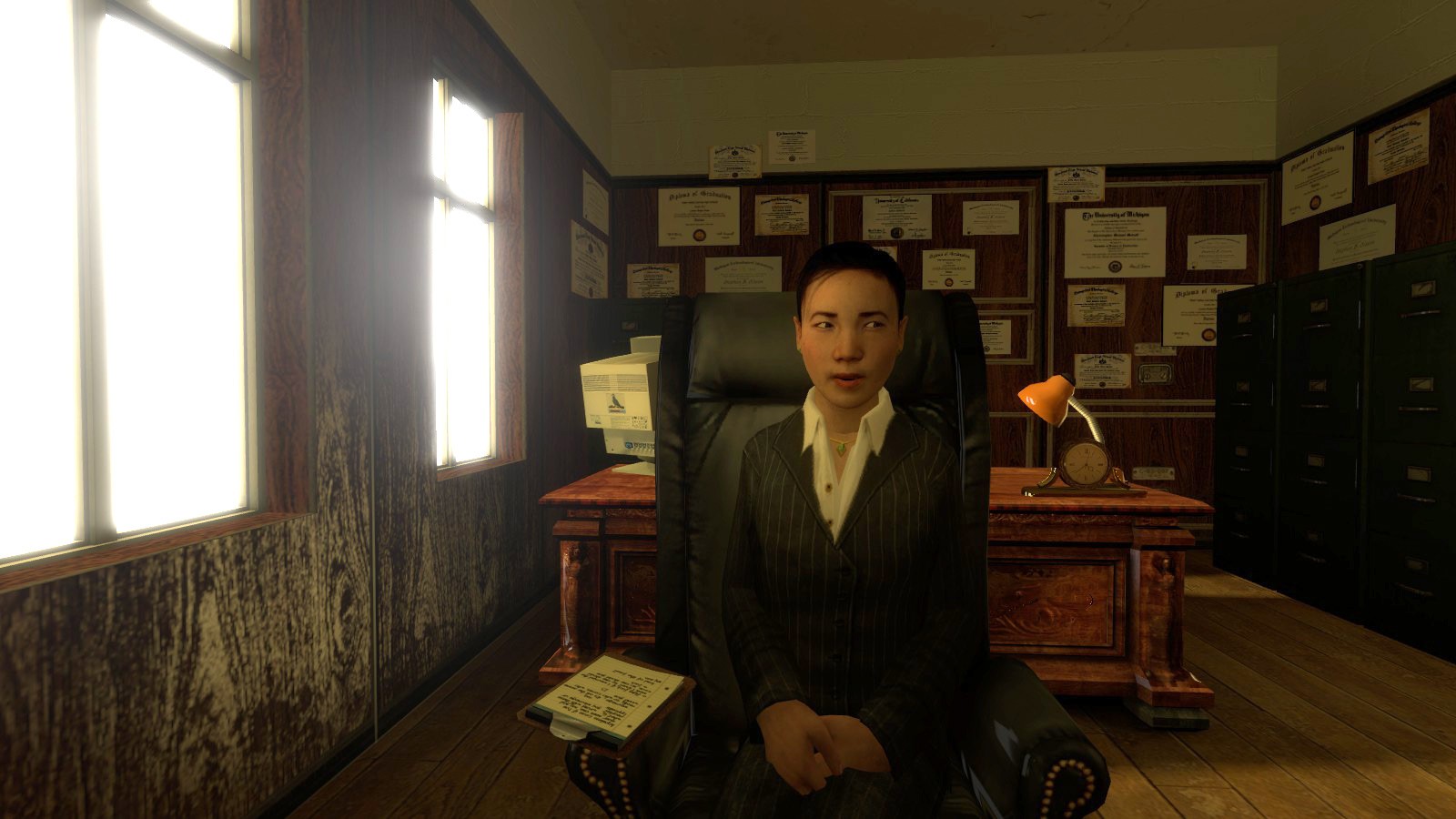Creating engaging and immersive video game levels is a crucial aspect of game development. It’s the art of crafting spaces that not only challenge players but also tell a story, evoke emotions, and provide memorable experiences. This guide will walk you through the fundamental principles and techniques you need to design your own compelling game levels.
Level design is more than just arranging objects in a 3D environment. It’s about understanding how players interact with the space, anticipating their needs and desires, and guiding them through a carefully crafted journey. Whether you’re an aspiring game developer, a hobbyist, or simply curious about the process, this guide will provide you with the knowledge and tools to get started.
Understanding the Fundamentals
Before diving into the specifics of level design, it’s essential to grasp the core concepts that underpin the entire process. These principles serve as the foundation for creating engaging and enjoyable levels.
Defining the Purpose
Every level should have a clear purpose within the overall game. Ask yourself:
- What is the player supposed to achieve in this level?
- What skills or knowledge should they acquire?
- How does this level contribute to the overall narrative?
A well-defined purpose will guide your design decisions and ensure that the level feels meaningful and integrated into the game.
Knowing Your Audience
Understanding your target audience is crucial for creating a level that resonates with them. Consider their:
- Skill level: Design challenges that are appropriate for their experience.
- Preferences: Cater to their preferred playstyles and genres.
- Expectations: Meet or subvert their expectations in interesting ways.
By tailoring your level to your audience, you can create a more enjoyable and engaging experience.
Gameplay Mechanics and Core Loop
The gameplay mechanics of your game will heavily influence your level design. You must design your levels to highlight and leverage these mechanics effectively. What are the core actions the player will be performing? Ensure the level offers opportunities to use those mechanics in interesting and varied ways. The core loop of the game – the cycle of actions the player repeats – should be reinforced and made satisfying within each level.
Space and Flow
Space is the foundation of any level, and how you utilize it directly impacts the player’s experience. Consider:
- Layout: Plan the overall structure of the level, including pathways, landmarks, and areas of interest.
- Pacing: Control the player’s speed and rhythm through the level with changes in environment or encounter design.
- Navigation: Ensure the player can easily understand where they are and where they need to go.
Good space design creates a sense of exploration, discovery, and purpose.
Player Guidance
Level design plays a critical role in guiding the player. You should gently steer the player in the right direction without making the experience feel too linear. Effective player guidance can be achieved through:
- Visual cues: Use lighting, color, and environmental details to draw the player’s attention.
- Landmarks: Create recognizable points of reference that help the player orient themselves.
- Subtle direction: Place objects or pathways that suggest the intended route.
Effective player guidance respects the player’s agency while ensuring they don’t get lost or frustrated.
Practical Techniques for Level Design
With a solid understanding of the fundamentals, you can start applying practical techniques to bring your level to life.
Sketching and Prototyping
Before diving into a game engine, it’s helpful to sketch out your level on paper or use simple prototyping tools. This allows you to experiment with different layouts and ideas without getting bogged down in technical details.
- Use simple shapes to represent different areas and pathways.
- Experiment with different scales and proportions.
- Focus on the overall flow and structure of the level.
This early stage of development is crucial for identifying potential problems and refining your design.
Blockout and Iteration
Once you have a basic sketch, you can start building a rough version of your level in your game engine. This is known as the “blockout” phase, where you create a basic representation of the level using simple shapes and placeholders.
- Focus on getting the scale and proportions right.
- Test the player’s movement and navigation.
- Identify any areas that feel awkward or confusing.
The blockout phase is an iterative process, so don’t be afraid to experiment and make changes as you go.
Environmental Storytelling
Environmental storytelling is the art of using the environment to convey narrative information. This can be achieved through:
- Visual details: Place objects, textures, and lighting to create a sense of history and context.
- Environmental puzzles: Design challenges that require the player to interact with the environment to progress.
- Atmosphere: Use sound and visual effects to create a specific mood or tone.
Environmental storytelling can add depth and richness to your level, making it more engaging and memorable.
Encounter Design
Encounter design involves planning and creating combat or non-combat interactions for the player. Consider:
- Enemy placement: Strategically place enemies to create challenging and varied encounters.
- Cover and terrain: Utilize the environment to provide cover and tactical options for the player.
- Enemy types: Vary enemy types to create unique challenges and encourage different playstyles.
Well-designed encounters can add excitement and tension to your level.
Puzzles and Challenges
Puzzles and challenges can add variety and depth to your level. Consider:
- Logic puzzles: Require the player to use logic and reasoning to solve.
- Environmental puzzles: Require the player to interact with the environment to progress.
- Skill-based challenges: Require the player to use their skills to overcome obstacles.
Ensure your puzzles are fair, intuitive, and rewarding to solve.
Lighting and Atmosphere
Lighting plays a crucial role in setting the mood and guiding the player’s eye. Use lighting to:
- Highlight important areas and objects.
- Create a sense of depth and dimension.
- Establish a specific mood or tone.
Experiment with different lighting techniques to create a visually appealing and immersive environment.
Testing and Iteration (Again!)
Once you’ve completed your level, it’s crucial to test it thoroughly. Gather feedback from other players and use it to identify areas that need improvement. Don’t be afraid to iterate on your design based on the feedback you receive. The best levels are often the result of many rounds of testing and refinement.
Advanced Level Design Techniques
Once you’ve mastered the basics, you can start exploring more advanced techniques to create truly exceptional levels.
Branching Paths and Choices
Offering the player choices can make a level feel more dynamic and engaging. Implement branching paths that allow the player to choose their own route through the level. Consider:
- Offering different solutions to puzzles and challenges.
- Providing opportunities for exploration and discovery.
- Creating meaningful consequences for the player’s actions.
Branching paths can add replayability and a sense of agency to your level.
Dynamic Environments
Dynamic environments can create a sense of realism and immersion. Implement systems that allow the environment to change over time or in response to the player’s actions. Consider:
- Weather effects: Rain, snow, or wind that affects gameplay.
- Destructible environments: Objects that can be damaged or destroyed.
- Scripted events: Events that trigger based on the player’s location or actions.
Dynamic environments can make your level feel more alive and interactive.
Integrating Narrative
Integrating narrative elements into your level can enhance the player’s experience. Consider:
- Using environmental storytelling to convey backstory and lore.
- Creating memorable characters and interactions.
- Incorporating cutscenes or dialogue to advance the plot.
A well-integrated narrative can make your level more engaging and emotionally resonant.
The Importance of Level Design Tools
Mastering level design tools is vital. Whether it’s Unity, Unreal Engine, or custom engines, knowing how to use the tools effectively speeds up iteration and improves quality. These tools offer features like terrain editing, lighting controls, and scripting capabilities that are essential for creating complex and immersive environments.
The Level Design Portfolio
If you are aiming for a career in level design, having a strong portfolio is essential. Include a variety of levels that showcase your skills and creativity. Explain your design choices and the challenges you overcame in each project. A well-presented portfolio can significantly boost your chances of landing a job in the game industry.
Conclusion
Level design is a challenging but rewarding discipline that combines technical skills with artistic vision. By understanding the fundamentals, applying practical techniques, and continuously learning and experimenting, you can create video game levels that are both engaging and memorable. Remember to focus on creating a positive player experience and always be open to feedback and iteration. Embrace the process and unleash your creativity to craft worlds that captivate and inspire. So, whether you’re designing a sprawling open world or a tightly designed corridor, the principles remain the same: Understand your player, create a compelling space, and tell a story. Good luck!

